The Kubernetes ecosystem shifted sharply this week, and developers building cloud-native and AI-powered applications need to pay close attention. At KubeCon NA 2025, Paul Nashawaty sat down with Traefik Labs CEO Sudeep Goswami to break down the rise of unified gateways, the push toward hybrid operating models, and one of the biggest surprises at KubeCon: the retirement of Ingress NGINX.
Here’s what matters most for developers.
Partnerships That Actually Improve DevEx
Traefik highlighted expanded partnerships with Nutanix and Oracle, and both have direct impact on developer experience.
With Nutanix, Traefik is enabling unified application intelligence that spans VMs, containers, and serverless. This model acknowledges the messy reality developers operate in today. The Oracle partnership deepens full-platform integration across OCI and OKE, especially for AI-driven workloads that require consistent networking and governance across regions.
This matters because hybrid and multi-cloud aren’t theoretical anymore. They’re the default operating environment for the majority of teams. Developers need architecture that adapts to where workloads actually live, not where a vendor wants them to live.
The Push for a Single Operating Model
As teams scale applications across clouds, clusters, and environments, operational consistency is becoming non-negotiable. Developers increasingly expect their networking and gateway layers to behave the same regardless of where they run:
- public cloud
- private cloud
- sovereign regions
- or offline/air-gapped deployments
Traefik’s declarative, infrastructure-as-code approach has aligned well with this shift. Instead of maintaining multiple operational workflows, teams want one model that travels with their workloads. The more distributed things get, the more consistency matters.
The Gateway Explosion Is Ending
AI gateway. API gateway. MCP gateway. For many teams, these are becoming yet another source of fragmentation with more binaries, more configs, more observability pipelines to maintain.
Goswami didn’t mince words: “Three separate gateways is a non-starter.”
This is where Traefik’s unified gateway strategy resonates. By combining API, AI, and MCP into a single gateway, developers get one platform that can secure the full agentic workflow without stitching together multiple products. Less surface area. Fewer moving parts. Stronger governance.
For teams already struggling with tool sprawl, it’s a relief.
The Ingress NGINX Shockwave
One of the biggest announcements at KubeCon was the end-of-life notice for Ingress NGINX, along with the shutdown of the InGate successor project. That impacts more than 41% of internet-facing clusters.
Traefik anticipated this and released its Ingress NGINX provider earlier this year. The migration path is straightforward:
- drop-in replacement
- existing NGINX configurations preserved
- zero rewrites required
For developers and platform teams, this means avoiding the painful, time-consuming refactor that usually follows an ecosystem-level deprecation. Instead, migration becomes a simple install-and-switch operation.
Open Source Roots With Enterprise Ready-On
Traefik remains one of the most prominent open source projects in the cloud-native ecosystem with over 3.4B downloads, 900+ contributors, and nearly 60K GitHub stars. What stands out is the upgrade path: teams can start with OSS and flip on enterprise capabilities in seconds when they need them.
This combination of community-first and enterprise-ready gives developers optionality without lock-in, something that fits the way modern teams want to build.
The Takeaway for Developers
The patterns emerging from this episode are clear:
- Hybrid is the reality — build for portability.
- Gateway sprawl is unsustainable — unify where possible.
- The Ingress NGINX retirement is real — and planning starts now.
- Developer experience is becoming the core differentiator for infrastructure platforms.
Goswami summed it up well: “We want to solve real problems and make infrastructure easier at scale.” For developers, that translates to fewer operational surprises and far more control over how their services, APIs, and AI workflows actually run.
Twilio Report Exposes Trust Gaps in Enterprise Conversational AI
New data highlights rapid adoption of conversational AI in addition to a widening divide between…









